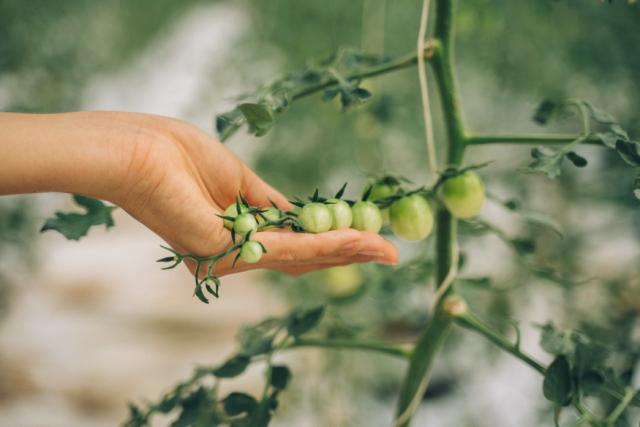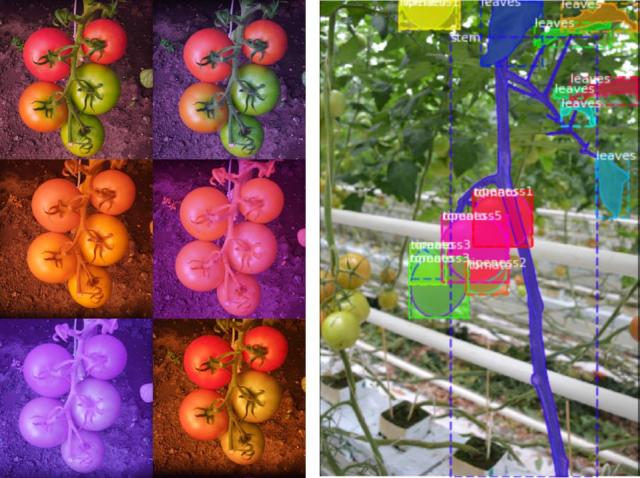
#3 WASTELESS GREENHOUSE SOLUTIONS
#3 WASTELESS GREENHOUSE SOLUTIONSLiving Lab #3: Wasteless greenhouse solutions
Development of precise tomato yield monitoring to reduce food loss
Computer vision predicts the future in greenhouses before harvesting
Every year a large amount of greenhouse-grown food goes to waste because of non-optimized yield planning, logistics, etc. Tomatoes are one of the most consumed vegetables both in the EU and worldwide, and it is estimated that around 3 mill. tonnes of tomatoes are wasted in the EU annually. This leads to inefficient use of resources and economic loss.
Tomato loss and waste are observed throughout the whole supply chain.
Most often this is a result of overestimating the yield and ripening time as well as not utilizing the fruits which are “unsuited” for consumption because they have the wrong colour, shape or other defects.
In Europe, around 30% of all fruits and vegetables are discarded each year just because of their appearance. A conservative estimate for the price increase for the consumers is 4 € per kg, so the waste makes healthy foods less affordable. Furthermore, the environmental impact of production is increased.
Computer-vision based systems to monitor growing vegetables
Tomato waste in greenhouses can be reduced dramatically by planning the harvest time and estimating the yield more precisely.
This can be done by implementing computer-vison-based systems which would allow automatic monitoring of the grown vegetables inside the greenhouse and would identify the ripeness level of the fruits.
Such a system, which is what will be developed in this living lab, can also identify and estimate the amount of fruit that lacks a look that is appealing to the consumer allowing planning for alternative uses.
Did you know?
- In Europe, around 30% of all fruits and vegetables are discarded each year just because of their appearance.
- Food and vegebale waste causes an estimated price increase of €4 per kilo.
Computer-vision tests in living lab
Different computer-vision methods will be tested and various mathematical approaches for the analysis of the visual data are going to be implemented and evaluated.
This living lab involves organizations and people from the food production, technology, and innovation fields.
Close collaboration among experts in agronomy and technology is important to develop an efficient analysis system which creates the biggest total benefit.

Photo: Computer-vison-based systems allow automatic monitoring of greenhouse vegetables to identify ripeness levels
More efficient resource use and increased competitiveness
The system will mostly benefit the producers by reducing food waste and leading to more efficient resource use and increased competitiveness.
The advantages of efficient yield planning will be felt throughout the supply chain down to the retailers, who also benefit from optimized logistics, and hopefully in the end the consumer who will pay less for their tomatoes.
First results to be published in 2023
The first results of the developed analysis system are expected in the middle of the project when a first model of the analysis system will be implemented. However, the positive impact will begin during development by increased awareness and knowledge among the involved farmers.
See video: Systemic Innovation Living Lab 3
Wasteless greenhouse solutions for (pre)harvesting aligned with short-term downstream demand

Contact
Thomas Gitsoudis
AgriFood Lithuania DIH
Lithuania
Tel.+30 6978005526
thomas@agrifood.lt
